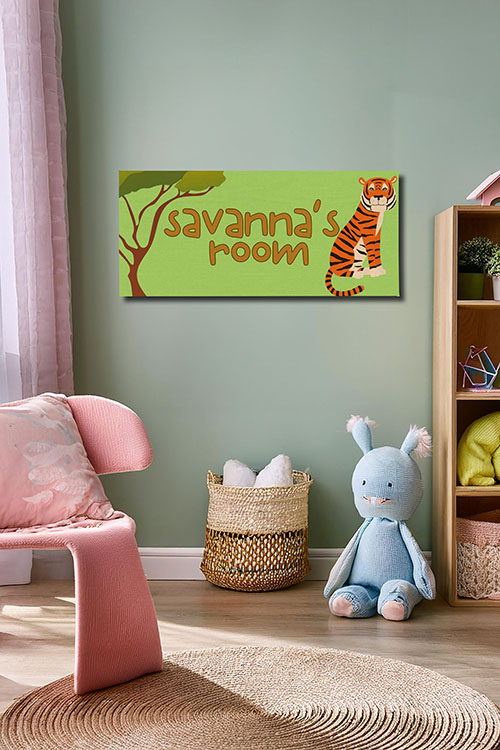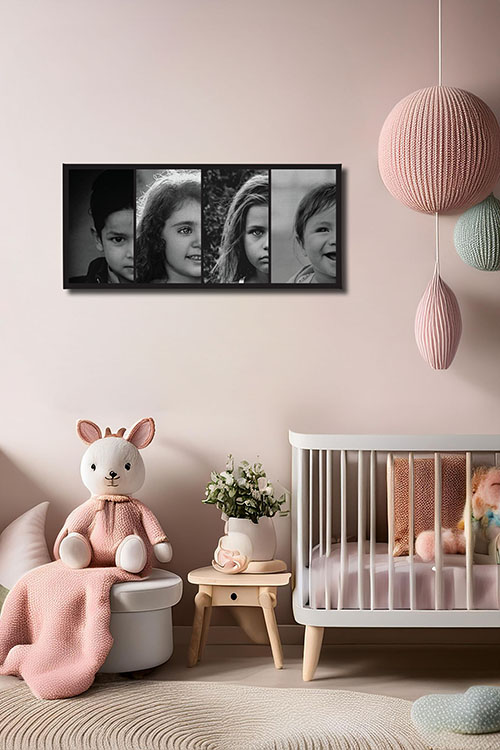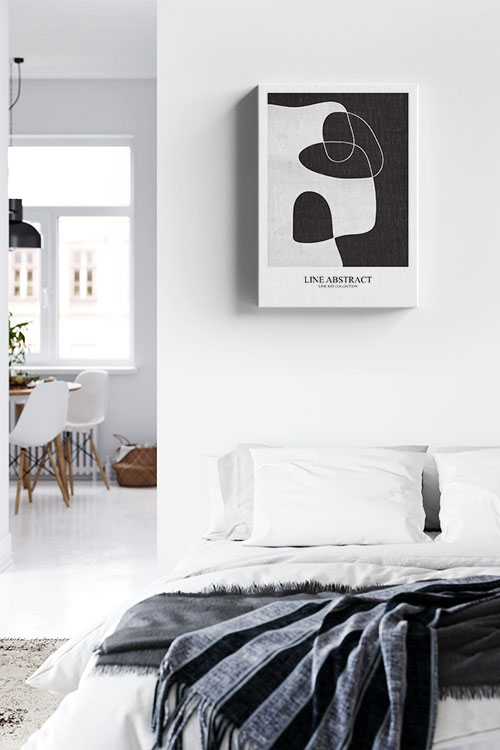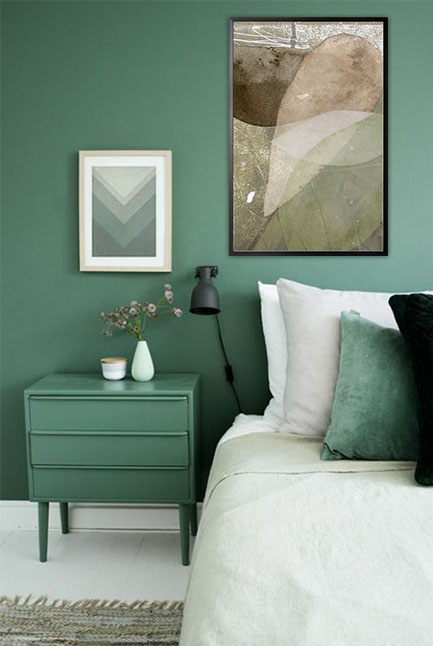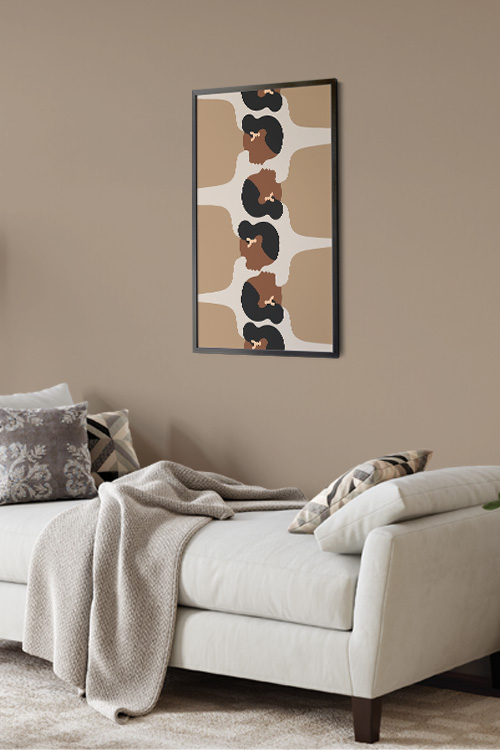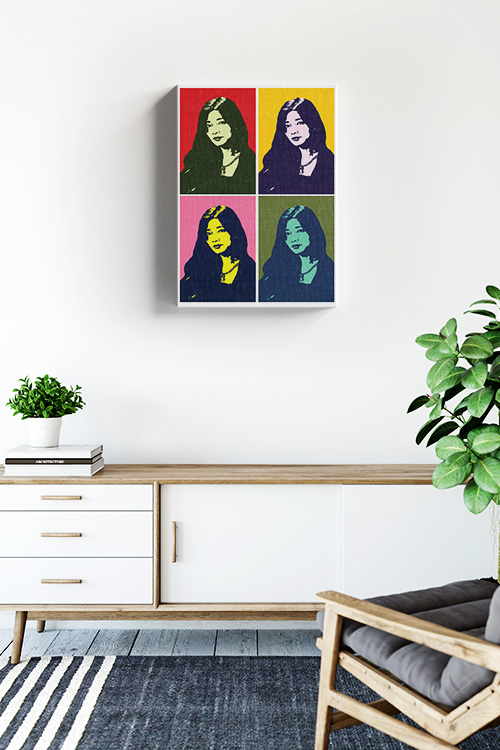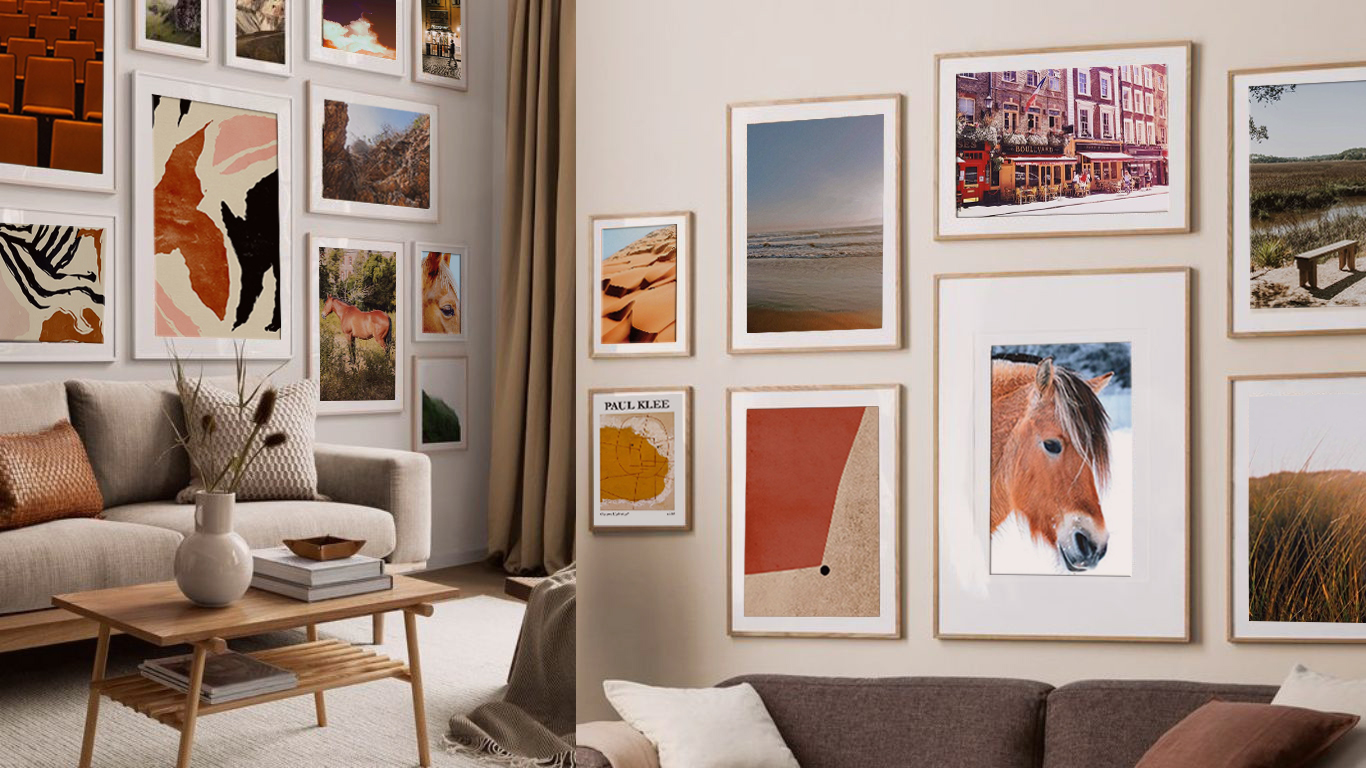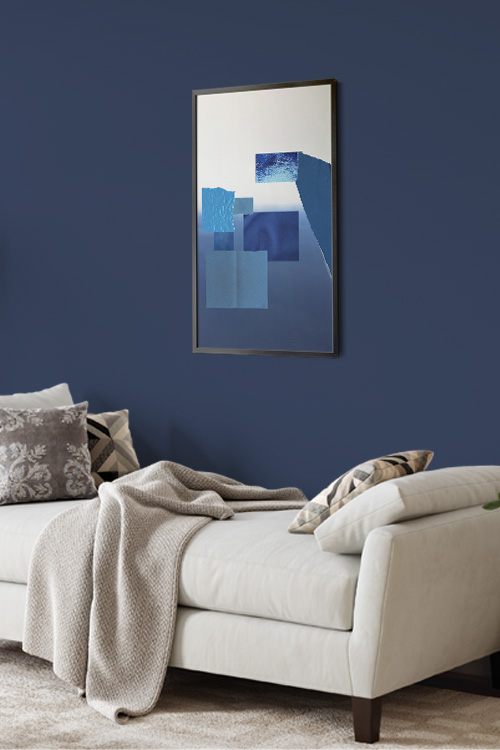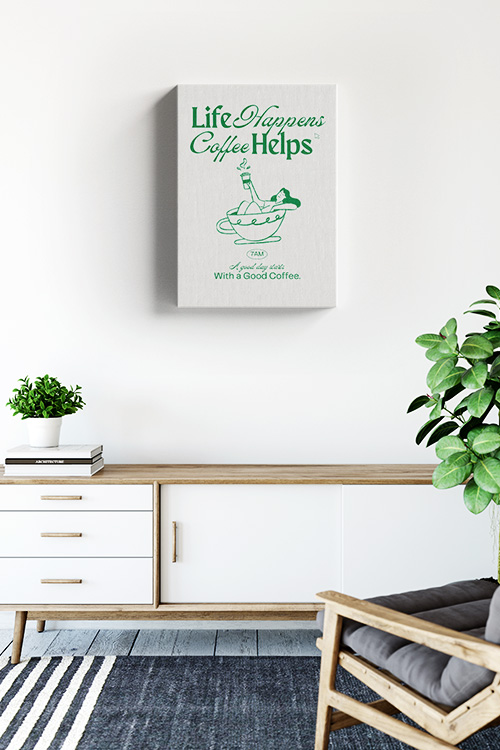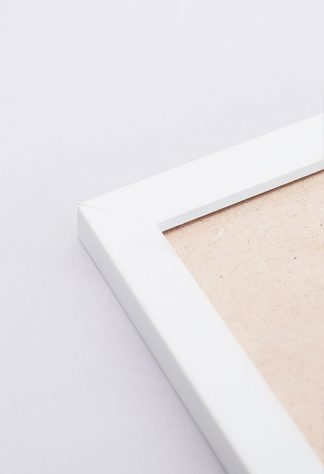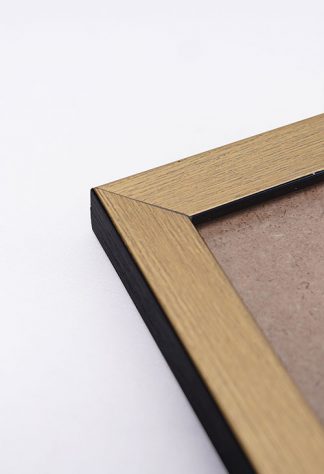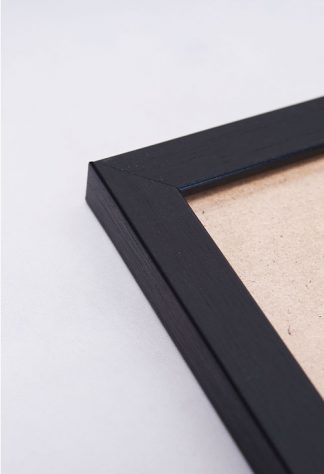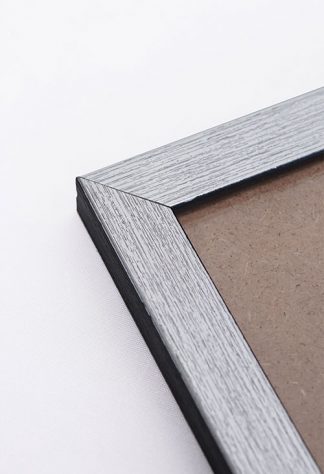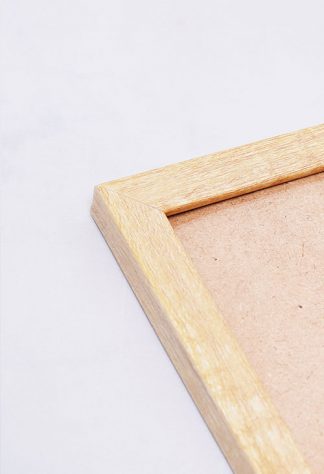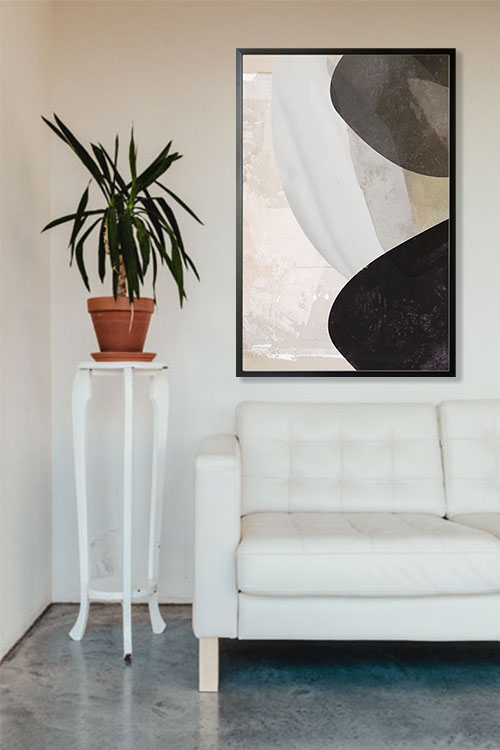
Scandinavian-inspired decor is more than just a design trend; it’s a way of life. It is a lifestyle rooted in simplicity, functionality, and warmth. Originating from the Nordic countries of Sweden, Norway, Denmark, and Finland, this style blends minimalism with coziness, creating interiors that are both serene and inviting. If you’re looking to refresh your space with clean lines, natural elements, and a touch of hygge, here’s how to bring Scandinavian charm into your home.
Keep It Light and Bright
Scandinavian homes are known for their light-filled interiors. Long winters with limited daylight influenced the use of white walls, pale wood floors, and large windows to maximize natural light. Opt for a neutral color palette—think whites, soft grays, and muted tones—to create an airy, open feel. Add warmth with beige, taupe, or pastel accents for a subtle contrast.
Embrace Minimalism with Purpose
At the heart of Scandinavian design is functionality. Every piece in your home should serve a purpose and contribute to the overall aesthetic of your space. This practical approach empowers you to declutter your space, opt for furniture with clean lines, and invest in high-quality pieces that strike a balance between beauty and utility. Envision sleek wooden tables, modular sofas, and open shelving that seamlessly blend form and function.
Incorporate Natural Materials
To soften the clean lines and cool tones, Scandinavian décor leans heavily on natural elements. Wood, leather, wool, linen, and stone all play essential roles in bringing warmth and texture into the space. These materials not only add an organic feel but also a sense of comfort and coziness that is both grounded and inviting.
Add Cozy Layers
Comfort is not just a feature; it’s a priority in Nordic homes. Incorporate layers of texture with soft textiles—think chunky knit blankets, plush cushions, and wool rugs. Layering not only adds visual interest but also creates a sense of coziness and warmth, essential for creating a hygge-inspired atmosphere. This emphasis on comfort will make you feel at ease in your own home.
Bring Nature Indoors
Scandinavian design often includes greenery to breathe life into neutral spaces. Potted plants, fresh flowers, or even a few sprigs of eucalyptus in a simple vase can make a big difference. Nature connects you to the outdoors, balancing the minimalist interior with a touch of color and vitality.
In a Nuthsell
Scandinavian-inspired décor is a timeless way to create a home that feels fresh, functional, and effortlessly stylish. With its focus on natural beauty and simple comfort, this design philosophy invites you to slow down and savor the peace of your surroundings.
